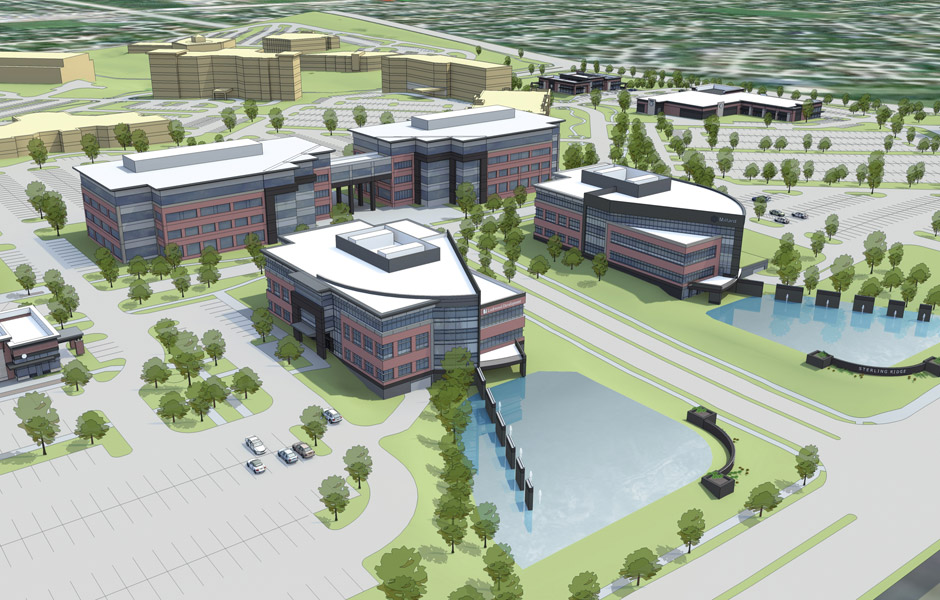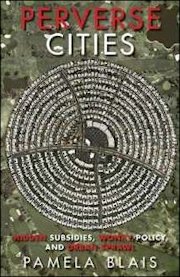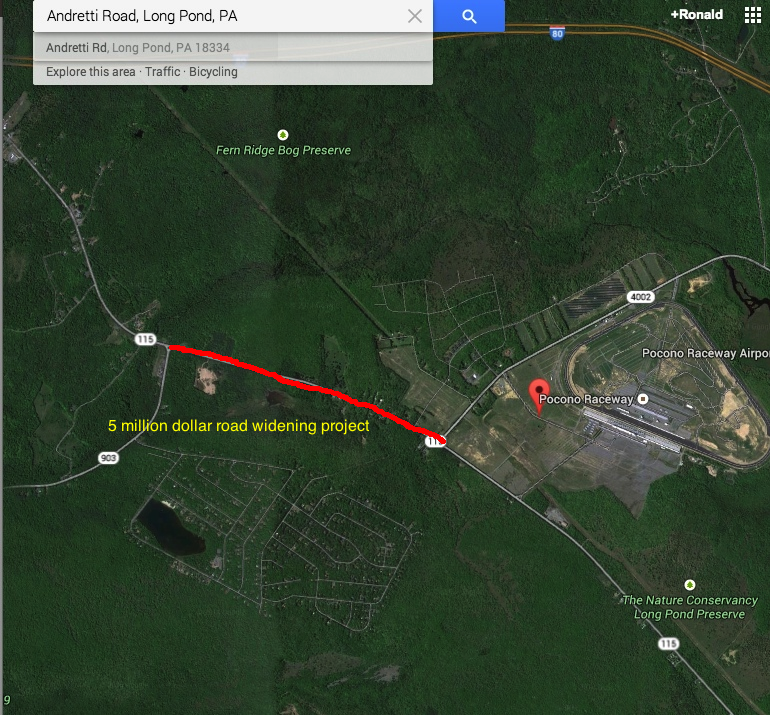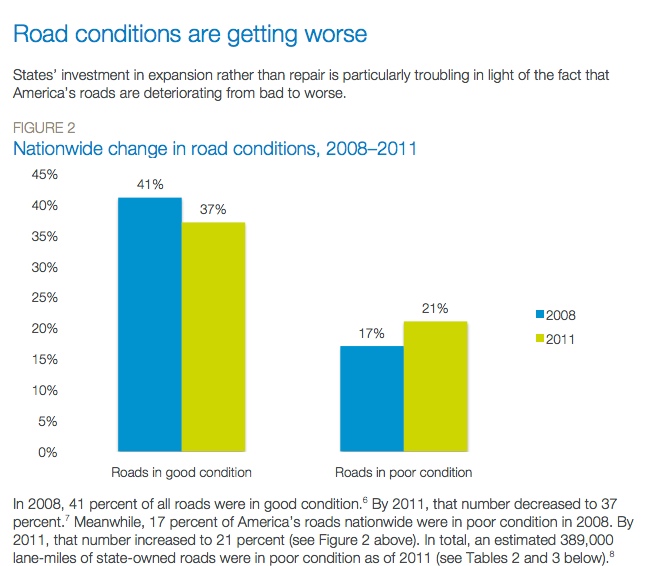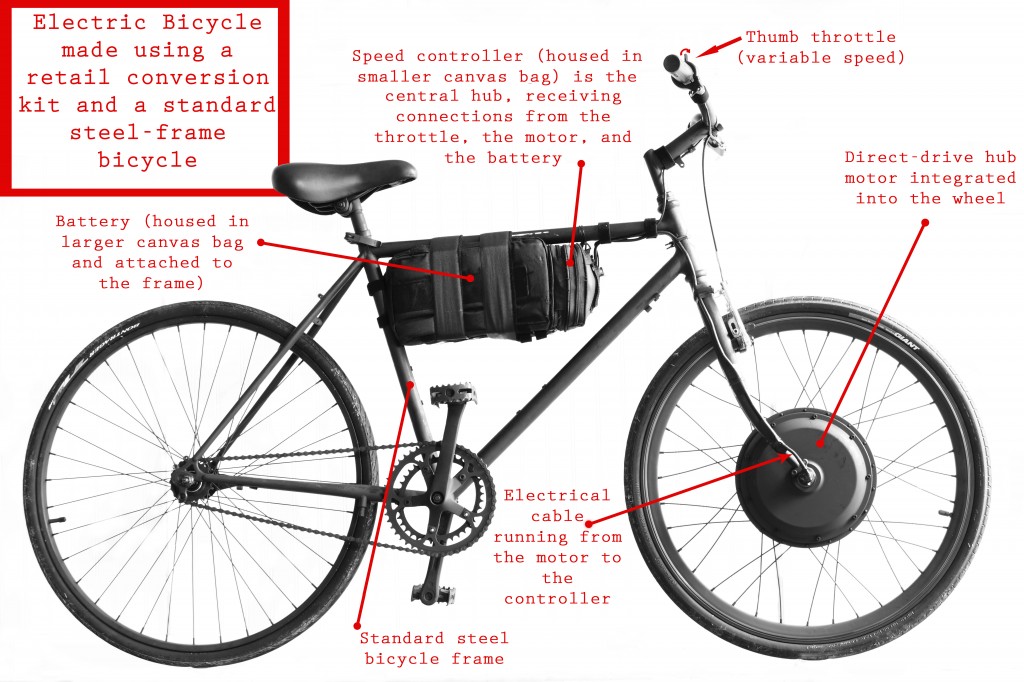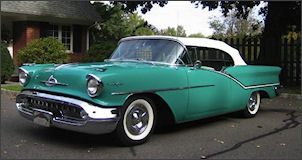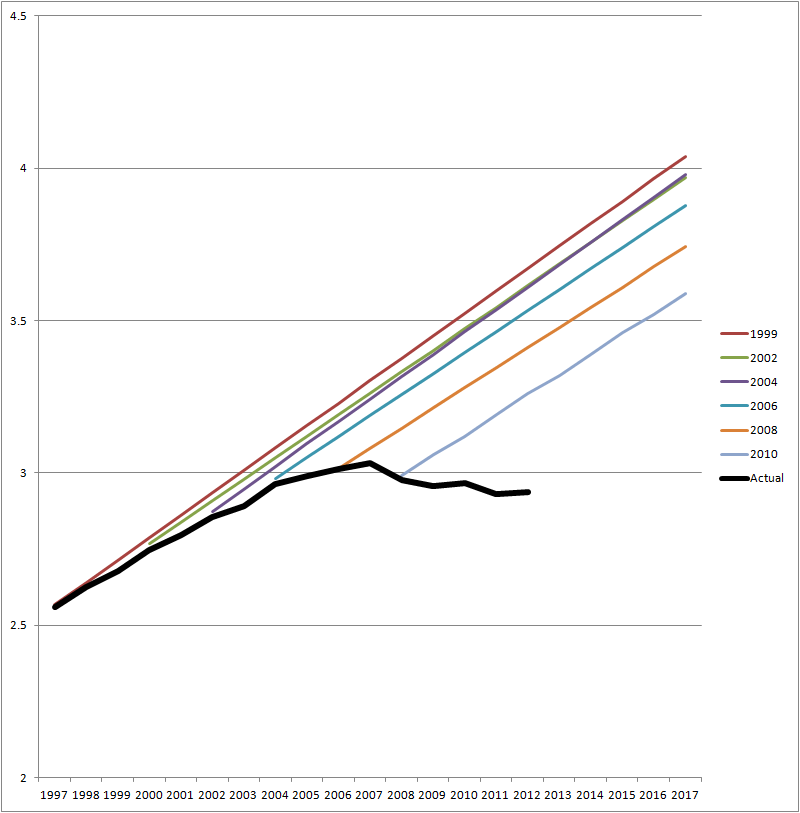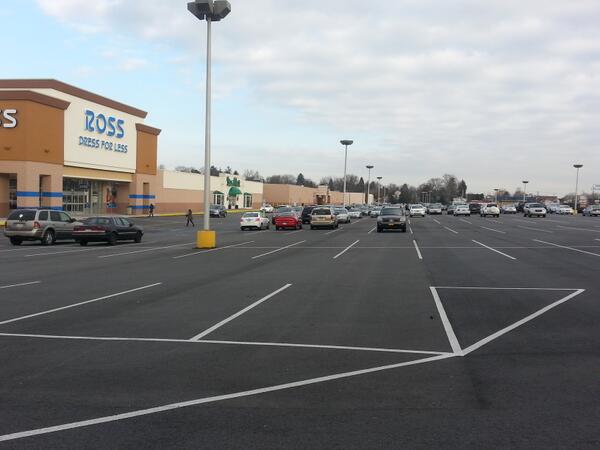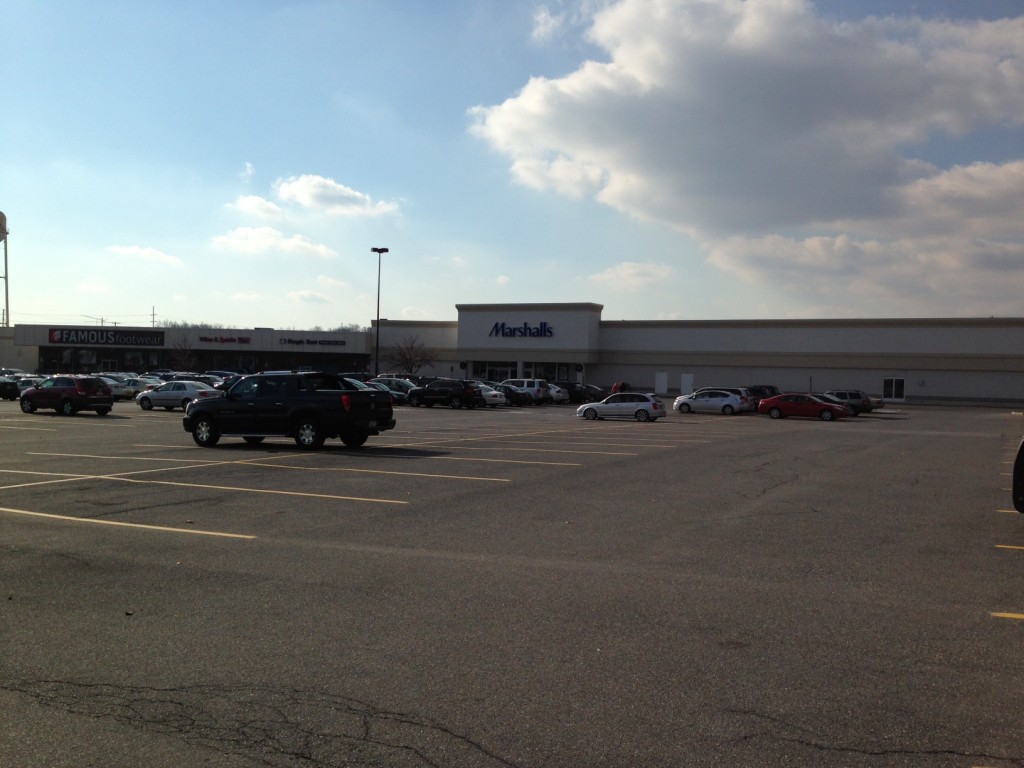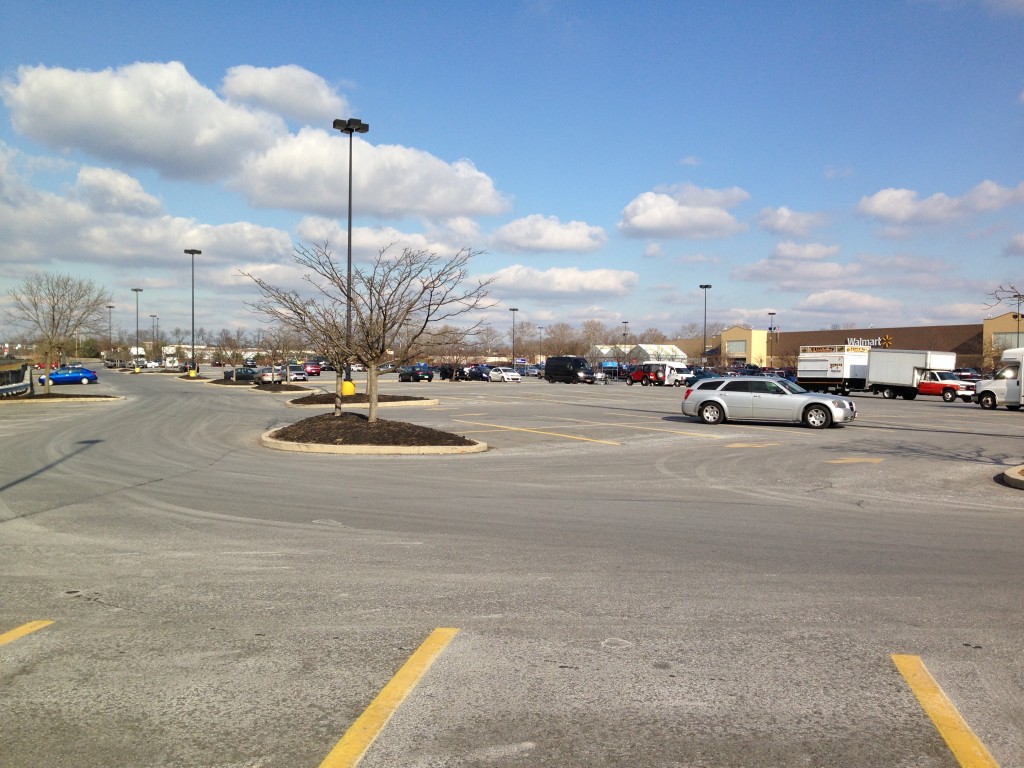I posted the first “words have meanings” last August. Check out the original post here. It was a longer post with some pictures & examples. This is a followup. Still an issue so I’ll keep re-posting. Developers continue to mis-label projects to curry favor with local government officials who don’t know any better. Terms with actual meanings are definitely bent to suit marketing purposes. Making matters worse journalists happily regurgitate developer characterizations. This is unfair to the public that genuinely desires more responsible smart growth development.
“Main St.”, “Mixed Use”, “Village Center”, “Walkable” ect. are all terms that have meanings.
Developers and marketing teams use of these buzzwords demonstrates they understand people want better communities. Problem is when we allow developers to mis-use terms without challenge we let those we represent down who then expect certain end products.
Just because a project smushes together incompatible single use buildings that would otherwise be separated and buffered on a small parcel doesn’t make it a mixed use project. Walking from your car to a single use building on a sidewalk does not make a project “walkable”. To qualify for these labels projects need measurable qualifiers.
- Appropriate density.
- Functional street grids
- Vertical mixed use buildings or in a horizontal project compatible uses and context sensitivity.
- Actual functional walkability. The presence of sidewalks alone don’t make a project walkable
- Diversity of architecture that respects heritage of the neighborhood
- Complete streets
- A measurable positive municipal return on investment and cash flow over multiple lifecycles – mixed use uses land more efficiently.
- Low impact on existing neighborhoods. Should reduce traffic not increase.
Top 5 characteristics of mixed use.
Here is what spurred this post today:
‘Main street’ concept takes shape at Sterling Ridge
Not a mixed use. This is a low density auto-centric strip development with (maybe?) some bells and whistles. This isn’t necessarily a terrible project for what it is. But please. Label it correctly. This is a dual use project.
What’s really sad is this is actually better than some of the projects that have been mis-labeled here in Lower Macungie from 2009-2013. (Hamilton Crossings, Allen Organ Development and most absurdly and blatantly incorrect the Jaindl warehouse development) The Allen organ development is a “dual use” project. Meaning we took uses that under our old ordinance would have been separated and buffered and allowed them to be built much closer together. The project lacks the meaningful integration to make it mixed use. It’s not a “neighborhood”. It’s commercial slammed against residential.

